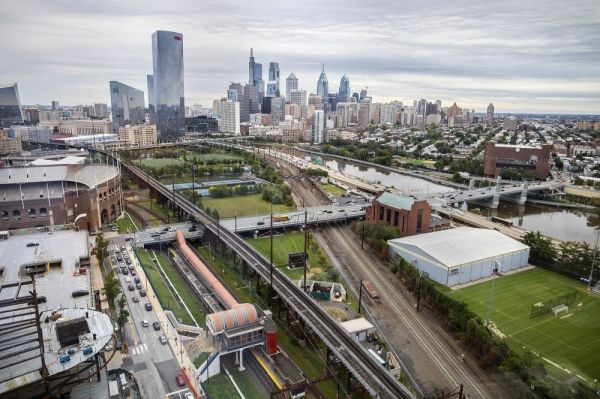When COVID-19 brought cities across the world to a halt this spring, there was speculation that the pandemic would spell the end of urban areas. While massive suburban flight has yet to happen, renewed lockdowns across Europe and rising cases in the U.S. make it clear that the ongoing public health crisis is far from over and its many impacts are not yet fully realized.
In addition to COVID-19, the year 2020 has also been marked by renewed calls for racial justice after the police killings of George Floyd, Breonna Taylor, and Walter Wallace Jr. This year has also witnessed a contentious election that’s seen American cities labeled as anarchy zones, not to mention growing concerns about climate change as 2020 experienced one of the most active Atlantic hurricane seasons and witnessed record-breaking wildfires in the western U.S.
Given the numerous impacts of this past year, how can cities find a way to reckon with a public health crisis, systemic racism, severe partisanship, and climate change all at once? Penn Today reached out to experts in planning, design, and urban research to learn more about how cities have been impacted by 2020 and how they can become more resilient in the future.
Continue reading at University of Pennsylvania
Image via University of Pennsylvania


